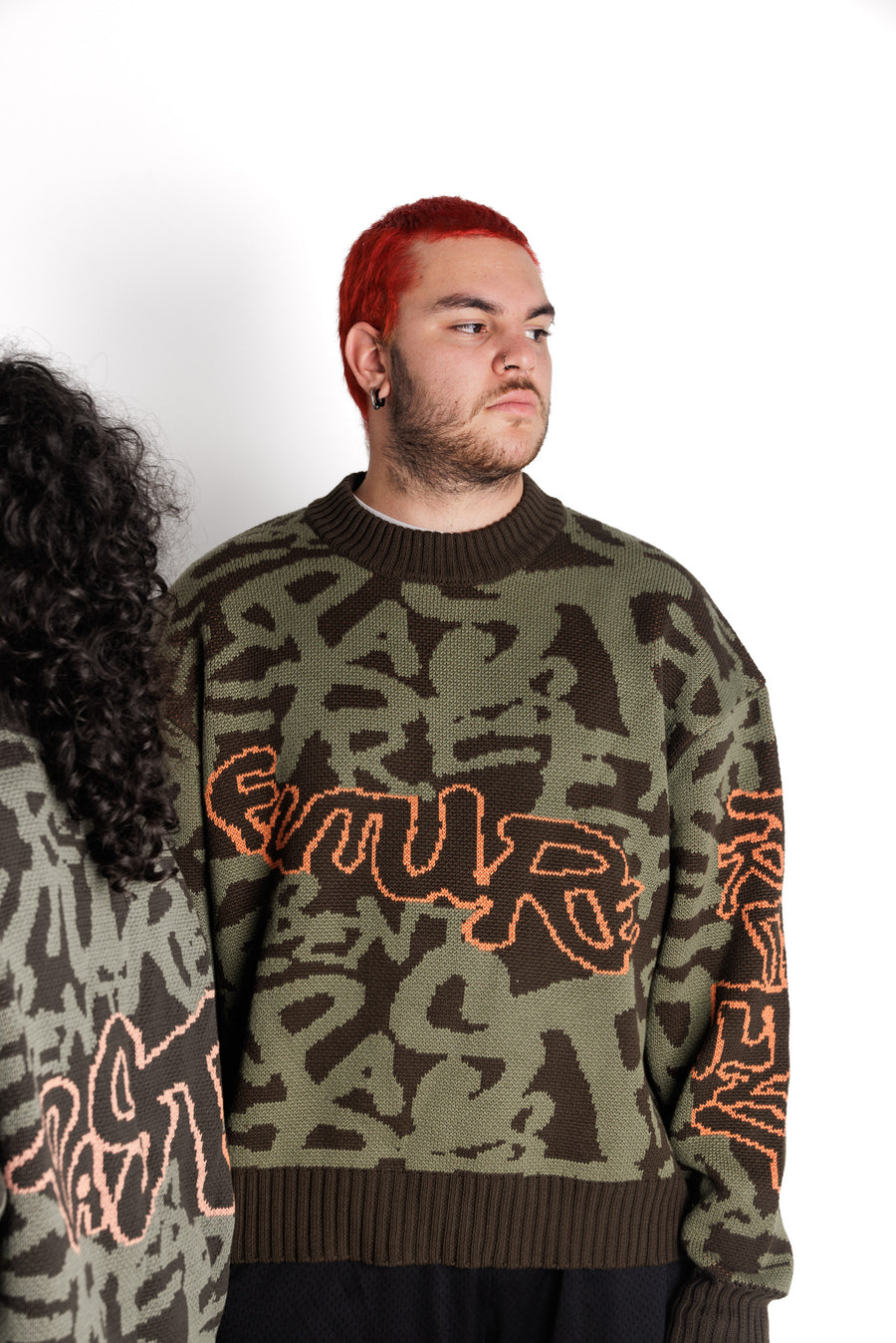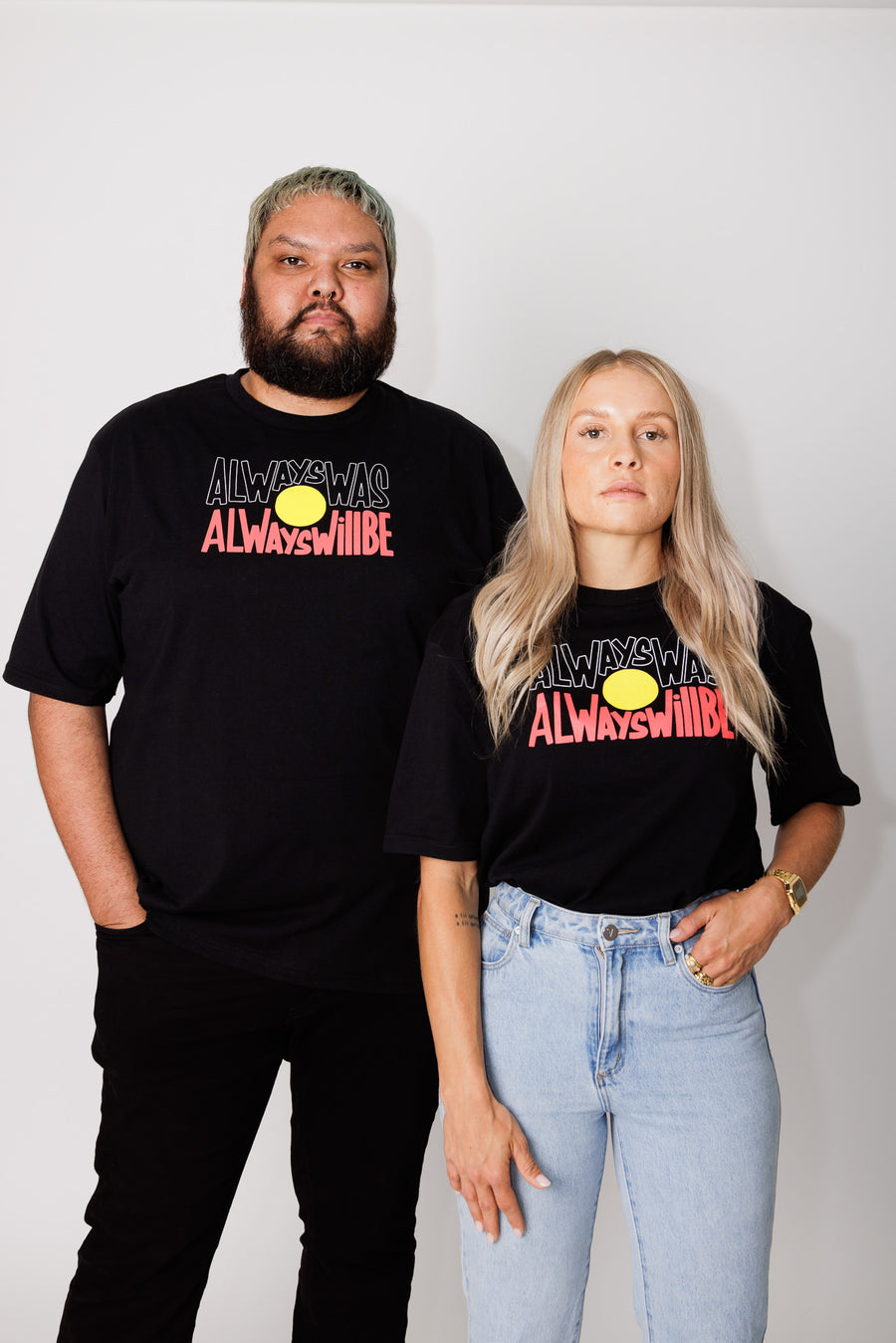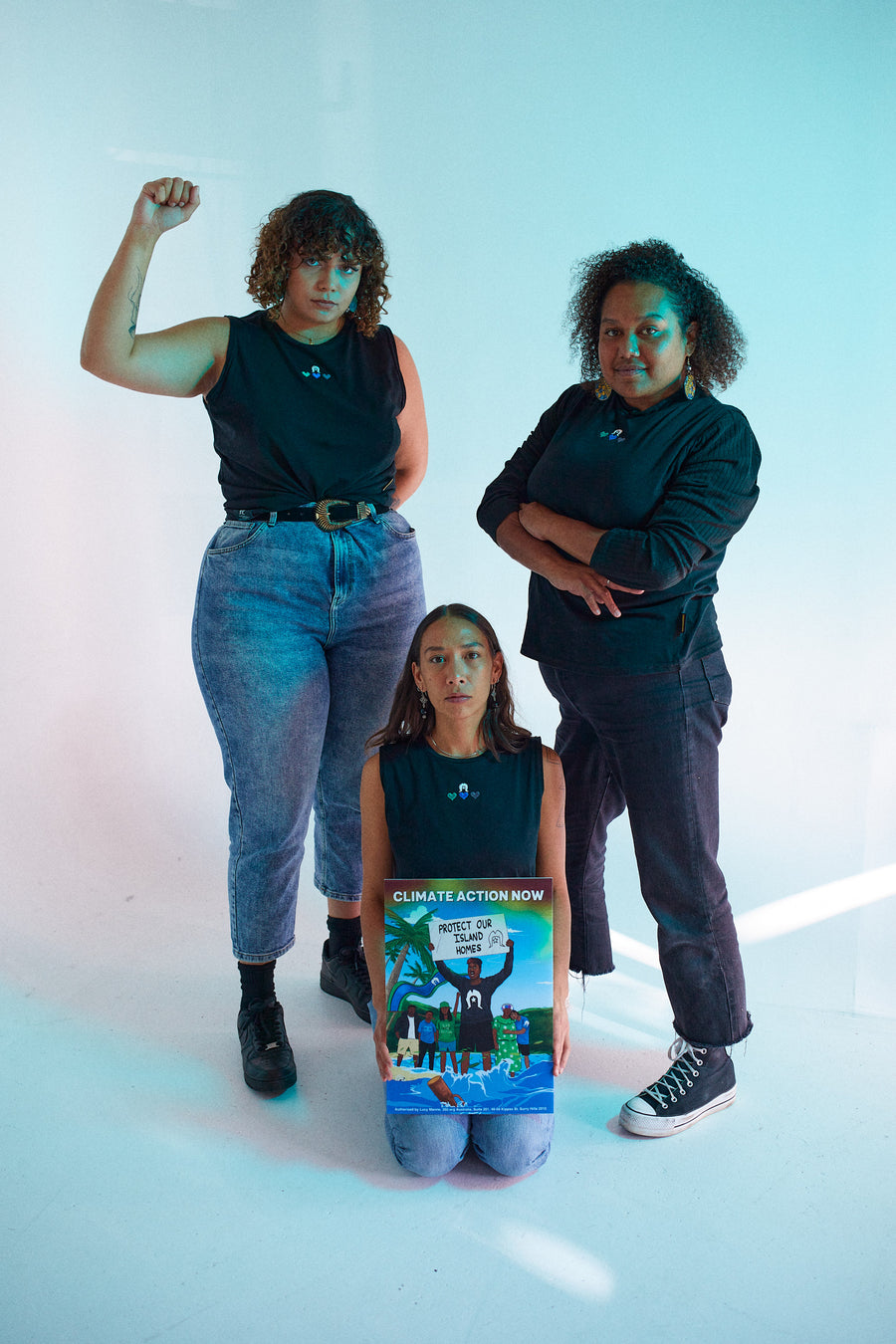We aren't "Blak enough" or we are "too Blak"

“I know I’m blak, because it’s all I’ve ever known” – Courtney Ugle (Noongar)
Since invasion, so called ‘Australia’ has had an obsession with Aboriginality. But not in a celebratory or proud way. Australia’s discourse around Aboriginality has been contentious, un-celebratory and fueled with animosity.
For decades, Aboriginal people have been de-humanised, othered, critiqued, ridiculed, classified, stereotyped, compared, re-classified, exploited, and appropriated.
These classifications and related experiences are so common, they have become a well-known pattern. It is what we as Aboriginal people have come to expect. For light skin mob these experiences often unfold as soon as their Aboriginality and connection to country is spoken about. Black presenting mob do not hold this same level of privilege however and these experiences often manifest instantaneously along with vilification and bias.
What part of you is Aboriginal? Are you a half caste? What percentage Aboriginal are you? Don’t all Aboriginal people live in the bush? What is your opinion on Aboriginal youth justice? My neighbour five years ago was Aboriginal-do you know them? I thought all Aboriginal people had straight hair. Oh yeah, I can sort of tell with your nose. I knew you had something in you, I could just tell. Are you a full blood?
We have heard it all.
“People say you couldn’t possibly be Aboriginal…you don’t look like one, you don’t talk like one and [you] don’t dress like one. [It] saddens me, because I feel as though I am having to prove my Aboriginality all the time to white society” – Aunty Jackie Stewart (Taungurong)
Newspapers, breakfast television and right-wing commentators will have you thinking that we’re dangerous. That we’re lazy. That we don’t care for our children. That we don’t value our education. They’ll tell you that the ‘real Aboriginal people’ live only in the bush or the ‘outback’ and definitely not in the suburbs of Melbourne or Sydney. They’ll often tell you that our actions of self-preservation are radical and unsolicited.
But we know that these are the threads of a fabricated narrative.

Image: (L-R) Bradley Davis, Ruby Wharton, Anais Peate, Djodamajeerah Moran.
Photographer: Anthony Kalajzich
We are survivors that carry a powerful legacy of over 60,000 years. The blood running through our veins descends from the very first life givers, care takers, story tellers and matriarchs. We are in the bush – but we are also in the valleys. We are on the waterfront, among the mountains, in the city and in the suburbs – just as our songlines are.
“I am proud to be Aboriginal because we are the oldest living culture, and we have lots of strong elders that look out for our mob” – Hurricane Hudson (Yorta Yorta, Kamilaroi)
Colonisers have introduced and reinforced blood-quantum classifications, legislated 3-part definitions and eugenic practices. Colonisers introduced and upheld legislation that allowed the forced removal of thousands of lighter skinned Aboriginal and Torres Strait Islander children and prior to 1967, Aboriginal and Torres Strait Islander people were not recognised as citizens under Australian law.
“We don’t go by blood quantum; we are who we are…what half of me [is Aboriginal]? Is it my left leg or my right leg? That’s how I say it, there are no halves. We are who we are, you either are or you aren’t” Tracey Onus-Williams (Gunditjimara, Yorta Yorta, Bindal, Wakka Wakka, Erub)
In 2009, political commentator Andrew Bolt was found to have breached the Racial Discrimination Act after making public defamatory comments about the authenticity of light skin Aboriginal people. Yet, in 2015 Adam Goodes was labelled aggressive and told to minimise his ‘on field theatrics’ after throwing an invisible spear during the AFL’s Indigenous Round intended to celebrate Aboriginal cultures. This divergence first suggests we aren’t ‘black enough’ for the colonial gaze before quickly reminding us that we are ‘too black’.
 Image: Adam Goodes during AFL Indigenous Round in 2015Source: Channel Seven
Image: Adam Goodes during AFL Indigenous Round in 2015Source: Channel Seven
We also can’t forget about Mildura Karen who after trying to tear down an Aboriginal flag flown proudly on a property in Mildura proceeded to question the tenants’ Aboriginality before telling them to ‘go and live in a humpy down on the river’.
These incidents join a long list of subjective assumptions by external parties that apparently know us better than we know ourselves. We are constantly having to prove our Aboriginality and defend stereotypes and misconceptions.
This however needs to be made very clear—using colour, appearance, stereotypes and preconceived ideas to determine Aboriginality is a violent colonial tool that was introduced as an act of genocide. It diminishes and denies cultural identity and reduces culture down to a quantifiable measure. And—it is inherently racist.
Racist theorists and past governments held the belief that Aboriginal people were inferior and the ‘black’ could be bred out—but they couldn’t have been more wrong.
Despite the discourse and despite what has been taken from us, we are here. We are mothers. We are Fathers. We are teachers. We are leaders, and we are rap matriarchs (Barkaa, we’re looking at you).

Image: Baarka
Source: @barkaa__
Rather than defend our identity, let’s take up space and reclaim it. Let’s showcase it. Let’s assert our sovereignty and self-determination and rewrite the narrative. Let’s celebrate our shades of deadly.
We want to celebrate our grassroots organisers on the frontlines, our mob in parliament, our mob in boardrooms and classrooms and courtrooms. We want to celebrate mob whose feet caress the earth as they stomp to the sound of clapsticks. Mob whose arms extend wide like the wings of Bunjil as they dance. Mob who are survivors of the Stolen Generation, and their descendants. Mob whose voices carry 60,000-year-old songs. Mob who are recently finding out their connections and family history. Mob who run marathons, mob in the arts, mob who raise mob who care for country and our amazing mob who are making the best with what they’ve got.
We see you. We see your strength and your nurture. We see your care and determination, your fight. We see your spirit and your power.
And we want to remind you that you don’t have to subscribe to the narrative and rhetoric of what an Aboriginal person should look like, how we should behave and the lifestyle we are expected to live.
Join us in celebrating our many shades, our many journeys and our many triumphs. We want to celebrate you.
What is your shade of deadly?





I AM FROM WARAJI/YAMATJI COUNTRY BUT I HAVE NOT BEEN ON COUNTRY SINCE I WAS 3. IT IS A VOID THAT I HAD ALL MY LIFE THAT FEELING I WAS MISSING SOMETHING THT I DIDN’T KNOW WHAT IT WAS (BESIDES MY MOTHER). ITS IN YOUR BLOOD ITS IN YOUR HEART. MY GRANDDAD WAS TAKEN AS A HALFE-CASTE, HIS DESCENDENTS WERE FULLBLOOD AND PERISHED IN MISSIONARIES. YOUR SKIN IS IRRELEVANT. TO ME BEING ABORIGINAL IS IN YOUR DNA. WHITE, BLAK, BROWN IT DON’T MATTER WE ALL FEEL IT AND WE ALL WANT BETTER FOR OUR FUTURE GENERATION.
It’s bizarre this whole notion of skin and Aboriginality (Our blessed ignorant scientist of pseudoscience of phrenology tried to classify the traits of survival among humans beans based on ethnicity. Caucasians of course being on top of the food chain then the down the line to the minorities, Myans etc. Yet Aboriginal persons are one of the oldest species of homosapiens on this earth and have survived catastrophic climate change, of course colonisation and the bloody fall-out and in today’s more subtle forms of oppression. I would argue that would put Blak’s near the top of that Pseudo scale. Moral of the story only Mob know the strength within country and culture and have proved it for thousands of years
As a descendant of the stolen generation, I have no idea of my country, of where I herald from. Aboriginal heritage was never to be acknowledged, was never to be discussed, it was taboo and secret, something we were ‘taught’, by family, was shameful. I was “lucky” to be ‘white’.
As an adult, I heard that first nations blood is MY blood. I was told about a little girl stolen from her family, ripped from her mothers arms, torn from her country, never to return. I cry for that little girl, my grandmother. I cry for her mob, my mob. I used to cry for me, because I don’t know who my mob is, I don’t know where my country is.
But I no longer cry about not knowing the where. Every time I step outside, each time I touch the land. When I feel the wind on my face, when I hear the sounds of the bush, as I watch the waves roll on the beach, when I see the beauty around me and when I smell the earth. I KNOW that I am on my country. For my, I belong to this land, wherever my feet are, it is my country. I feel her song.
Leave a comment